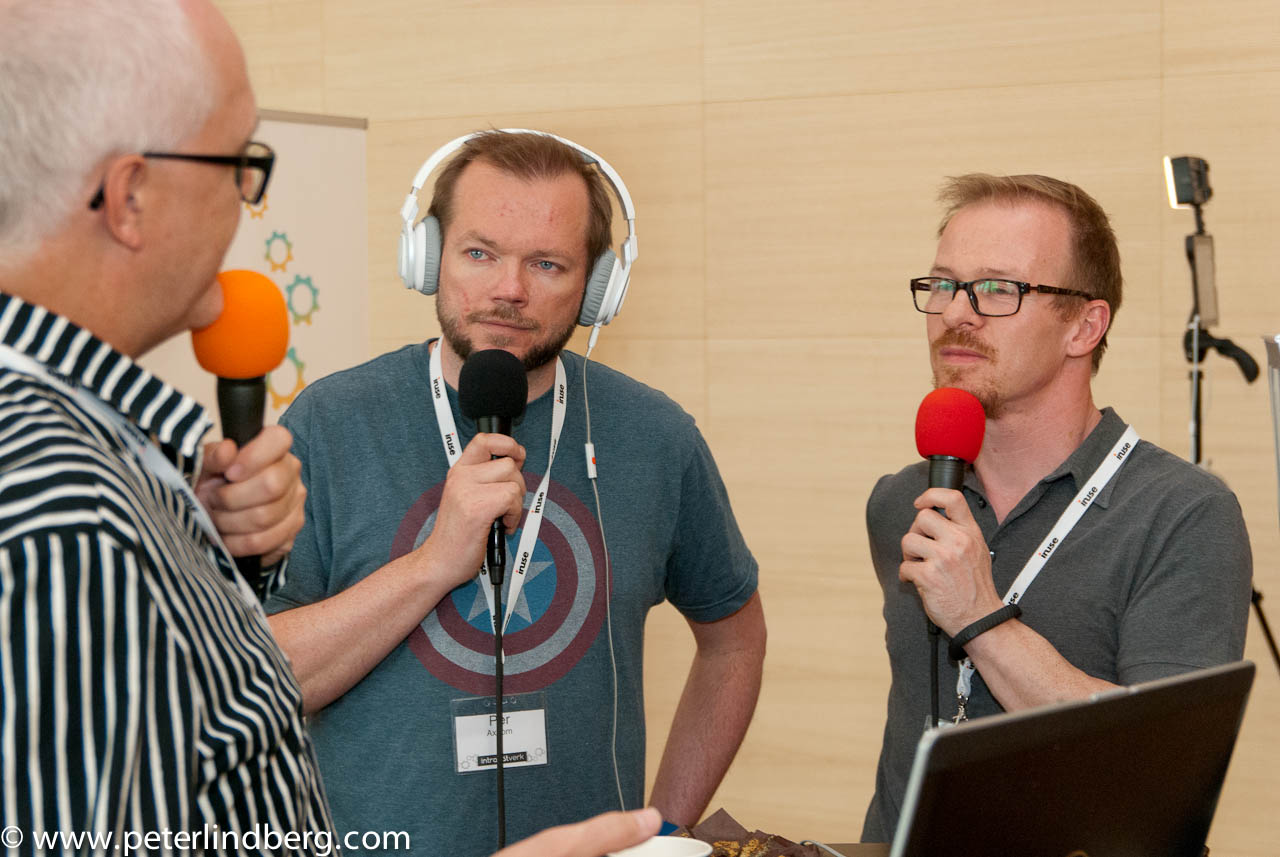#76 James & Per thank you for subscribing
Episode 76 is a link show. James and Per discuss three articles they’ve discovered on their digital travels. First – 45 days to plan a Tweet? Just a bit of bad press, deliberate PR? How do we know what’s true anymore? Second – Thank you for signing up! Pay attention to your thank you pages. And finally – The share icon that nobody agrees on. We’re talked hamburgers before, now it’s the turn of the share icon to be discussed.
What do you think? Email us at uxpocast@uxpodcast.com
Podcast: Play in new window | Download
Subscribe: Google Podcasts | Spotify | RSS | More
(Listening time: 38 minutes)Episode 76: A linkshow! The 45-day tweet, "thank you" pages, and the "share" icon http://t.co/6xVJO7H01s #ux #socialmedia #webdesign
— UX Podcast (@uxpodcast) June 27, 2014
References:
- Article 1: We Got A Look Inside The 45-Day Planning Process That Goes Into Creating A Single Corporate Tweet
- Article 2: Think You Can Throw Up Any Old Thank You Page? Think Again.
- UX Podcast Episode 62 (Delight)
- Article 3: Share – The icon nobody agrees on.
- UX Podcast Episode 57 (Hamburger)
Borrowed from https://bold.pixelapse.com/minming/share-the-icon-no-one-agrees-on
Podcast: Play in new window | Download
Subscribe: Google Podcasts | Spotify | RSS | More

















#72 James & Per & comments for all
An accessible, user-centered comment system? How has no one managed to do that before? UX Podcast is joined by Malin Crona from The Centre for Easy-to-Read and Mikael Zackrisson from Ziggy Creative Colony to talk about the c4all commenting system.
Read More
Podcast: Play in new window | Download
Subscribe: Google Podcasts | Spotify | RSS | More